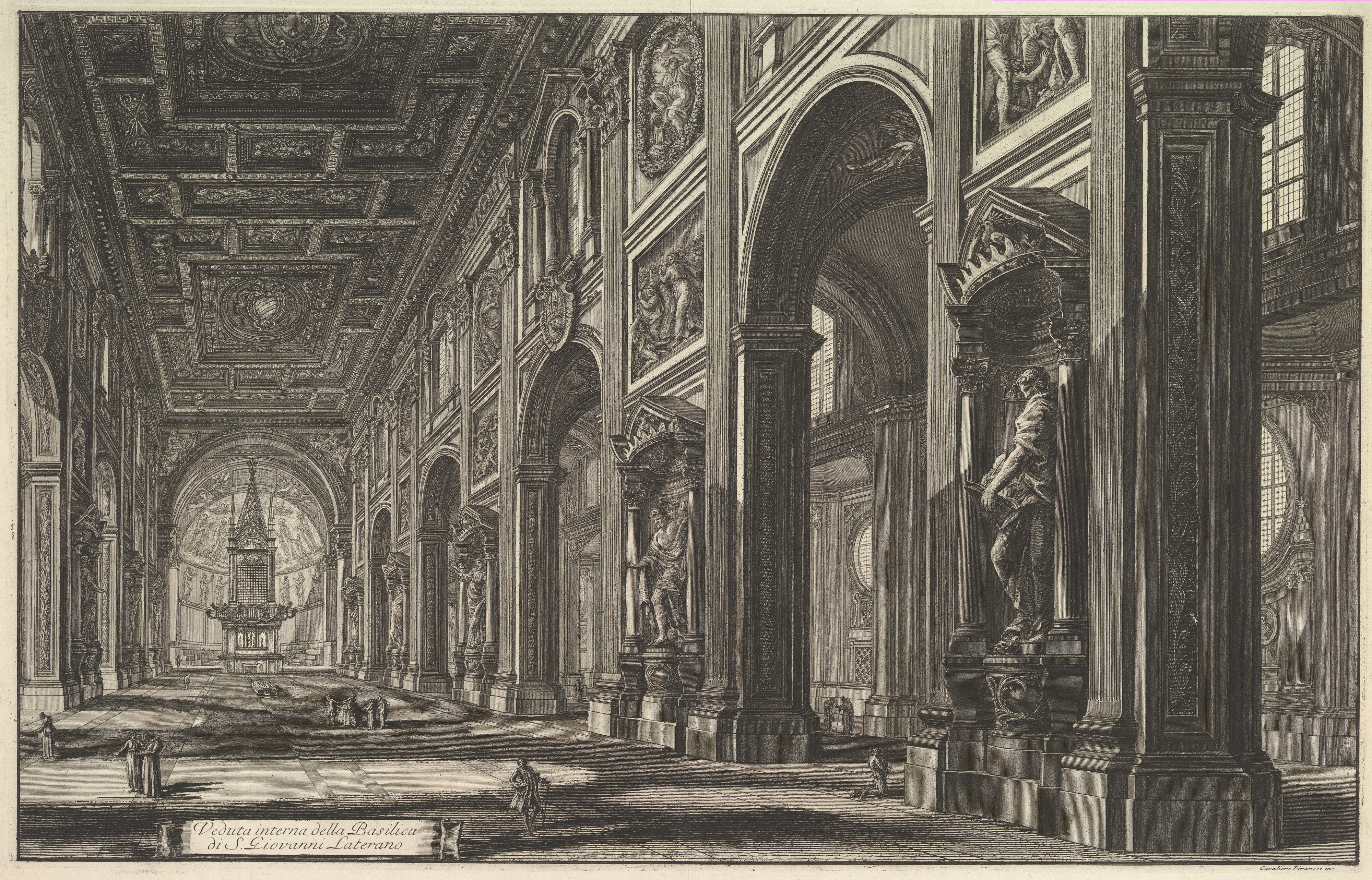
It sets a unique ID to embed videos to the website. He pursued an international career as an archaeologist. This cookie is used by vimeo to collect tracking information. Giovanni Battista Piranesi (17201778) was a universal talent who lived during the 18th century. This domain of this cookie is owned by Vimeo. He carved out an international career as an archaeologist, artist, collector, designer, publisher and author. The data collected including the number visitors, the source where they have come from, and the pages visted in an anonymous form. Giovanni Battista Piranesi (17201778) was one of the great polymaths of the 18th century. The cookie is used to store information of how visitors use a website and helps in creating an analytics report of how the website is doing. This cookie is installed by Google Analytics. The cookies store information anonymously and assign a randomly generated number to identify unique visitors. The cookie is used to calculate visitor, session, campaign data and keep track of site usage for the site's analytics report. These cookies help provide information on metrics the number of visitors, bounce rate, traffic source, etc. It does not store any personal data.Īnalytical cookies are used to understand how visitors interact with the website. The cookie is set by the GDPR Cookie Consent plugin and is used to store whether or not user has consented to the use of cookies. The cookie is used to store the user consent for the cookies in the category "Performance". This cookie is set by GDPR Cookie Consent plugin. The cookies is used to store the user consent for the cookies in the category "Necessary".


The cookie is set by GDPR cookie consent to record the user consent for the cookies in the category "Advertisement". The cookie is used to store the user consent for the cookies in the category "Other. The cookie is set by GDPR cookie consent to record the user consent for the cookies in the category "Functional". The cookie is used to store the user consent for the cookies in the category "Analytics". These cookies ensure basic functionalities and security features of the website, anonymously. New York, Metropolitan Museum of Art, Harris Brisbane Dick Fund, 1937, 37.45.3(27).Necessary cookies are absolutely essential for the website to function properly.

The Round Tower, from Carceri d’invenzione (Imaginary Prisons), etching, engraving, sulphur tint or open bite, burnishing first state of four, ca. New York, Metropolitan Museum of Art, Harris Brisbane Dick Fund, 1937, 37.45.3(49). New York, Metropolitan Museum of Art, The Elisha Whittelsey Collection, The Elisha Whittelsey Fund, 1959, 59.570.426. View of the Flavian Amphitheater known as the Colosseum, etching, 1776. Oxford University Press.įurther reading: Piranesi the Complete Etchings by Luigi Ficacci (2001). “ Piranesi, Giovanni Battista.” Grove Art Online. One of his final series, Diversi manieri d’adornare… (Different Ways to Adorn…) (1769), reflected Piranesi’s ongoing contemplation of ancient and contemporary styles and his adherence to the need for novel and inventive approaches to design, an element that is sensed throughout his surviving body of work. He began his popular series, Veduta di Roma (Views of Rome), in the late 1740s, which was around the same time that he also began work on his influential and inventive Le Carceri d’Invenzione (The Imaginary Prisons) (1749-1750).
#Piranesi painting series#
Piranesi became equally enamored with the motifs found in the Eternal City and thus soon after embarked on his own series of engravings that channeled both real and imagined aspects of the urban environment.įamous for these views, Piranesi was known as the greatest “vedutista” (view-maker) in Rome by midcentury. Relocating to Rome around 1740, Piranesi was afforded the opportunity to advance his skill under the tutelage of Giuseppe Vasi, an artist who had made his career on the success of his Grand Tour-oriented views of Rome. Born on 4 October 1720 in Mogliano near Mestre, Piranesi grew to rapid acclaim for his prints of ancient and contemporary Rome and his series of imaginary prisons. Printmaker and designer Giovanni Battista Piranesi died on 9 November 1778 in Rome.


 0 kommentar(er)
0 kommentar(er)
